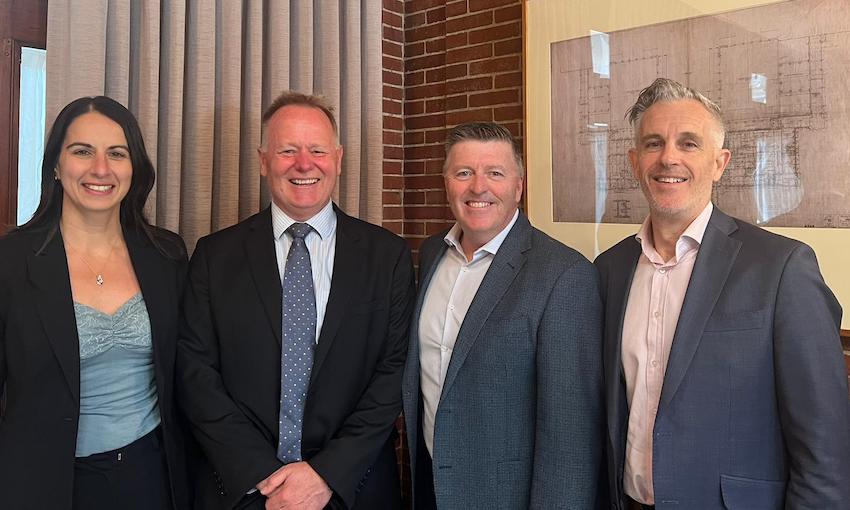PORTS Australia has launched an updated version of the Wharf Structures Condition Assessment Manual.
Members of Ports Australia worked with engineering company Royal HaskoningDHV over the past year to update the publication.
The manual is intended as a tool to help asset owners with consistent and repeatable inspections of assets such as wharves, piers, jetties, walkways, breakwaters, revetments and embankments.
It also features a condition inspection framework and visual assessment tool.
Ports Australia CEO Mike Gallacher said the Wharf Structures Condition Assessment Manual was designed to help the port and maritime industry maintain static assets.
“However, the WSCAM isn’t only for the port and terminal industry,” he said.
“This tool can be used across a range of other industries such as engineering firms, local councils and state government departments.”
Ports Australia Engineering and Asset Management chair Carsten Varming said the manual is worth investing in.
“This allows businesses to be more sustainable,” he said.
“It helps keeps existing assets functioning for longer avoiding unnecessary replacements which reduces environmental, operational, and capital impacts and is in turn more economical for businesses.”
As part of the update, Ports Australia expanded the scope of the manual to include all port fixed structures (excluding buildings) and to include a single, customisable assessment tool to rationalise inspection approaches.
The latest version also aims to provide guidance on a risk/criticality-based approach to determine the frequency of inspections and cover more materials and technology used in assessments.
Ports Australia highlighted the manual’s advantages for consistent inspection results, even where several inspectors assess the same structure.
The publication was produced in Australia; however, it is intended for use around the world, having been tested in different locations and climates.
Ports Australia said it plans to host a series of free webinars on the Wharf Structures Condition Assessment Manual.





